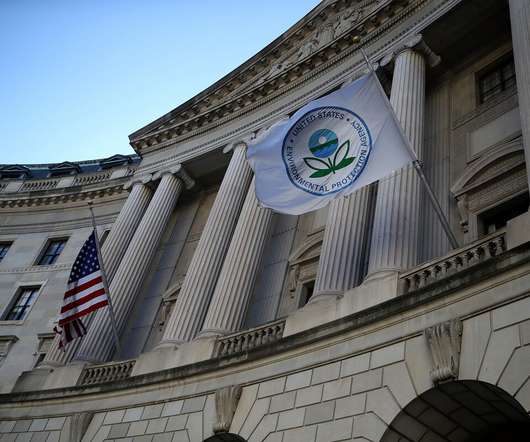U Toronto team assess the climate trade-off between reduced CO2 and increased Black Carbon from GDI engines
Green Car Congress
JULY 14, 2016
The upside of gasoline direct injection (GDI) engines is widely seen as being improved fuel economy coupled with an increase in specific power (especially with turbocharging), enabling significant downsizing. l/100 km)—the average fuel economy of the in-use United States light-duty fleet in 2014. Credit: ACS, Zimmerman et al.












Let's personalize your content